SUMMARY
This is AI generated summarization, which may have errors. For context, always refer to the full article.
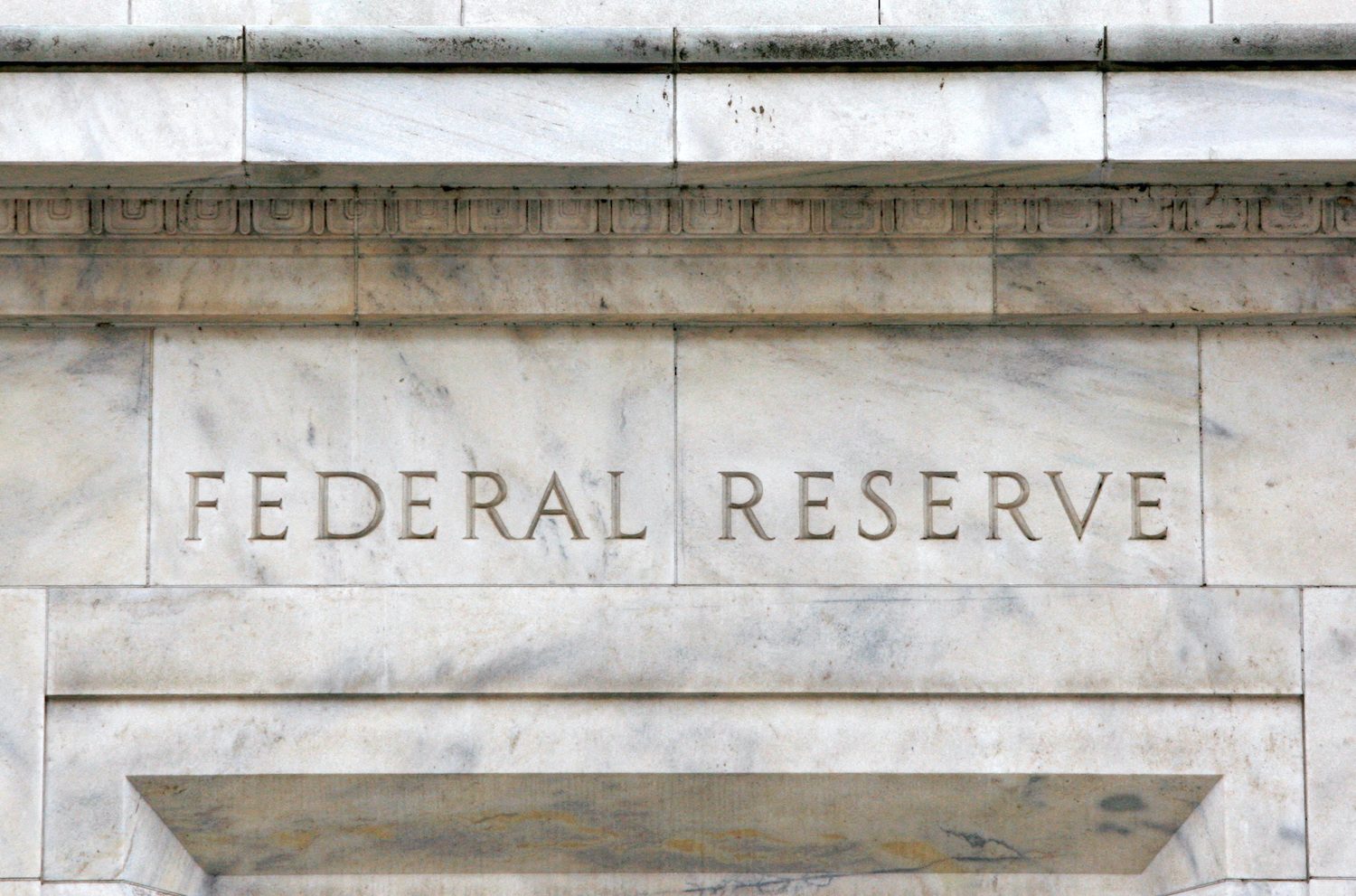
Slowing US inflation may have opened the door for the Federal Reserve to temper the pace of coming interest rate hikes, but policymakers left no doubt they will continue to tighten monetary policy until price pressures are fully broken.
A US Department of Labor report Wednesday, August 10, showing consumer prices didn’t rise at all in July compared with June was just one step in what policymakers said would be a long process, with a red-hot job market and suddenly bouyant equity prices suggesting the economy needs more of the cooling that would come from higher borrowing costs.
The Fed is “far, far away from declaring victory” on inflation, Minneapolis Federal Reserve Bank President Neel Kashkari said at the Aspen Ideas Conference, despite the “welcome” news in the consumer price index (CPI) report.
Kashkari said he hasn’t “seen anything that changes” the need to raise the Fed’s policy rate to 3.9% by year-end and to 4.4% by the end of 2023.
The rate is currently in the 2.25% to 2.5% range.
Kashkari is, to be sure, the Fed’s most hawkish member; most of his 18 colleagues believe a little less policy tightening may be enough to do the trick to bring prices under better control.
Calling inflation “unacceptably” high, Chicago Fed President Charles Evans said he believes the Fed will likely need to lift its policy rate to 3.25% to 3.5% this year and to 3.75% to 4% by the end of next year, in line with what Fed Chair Jerome Powell signaled after the Fed’s latest meeting in July.
Still, he said, the CPI report marks the first “positive” reading on inflation since the Fed began raising interest rates in March in increasing increments – a quarter of a percentage point to start, then half a point, and then three-quarters of a percentage point in both June and July.
After Wednesday’s CPI report, traders of futures tied to the Fed’s benchmark interest rate pared bets on a third straight 75-basis-point hike at its September 20-21 policy meeting, and now see a half-point increase as the more likely option.
Equity markets took a similar cue on hopes for a less aggressive central bank, with the S&P 500 rising 2.1%.
Financial markets are currently pricing a top fed funds rate of 3.75% by year-end, with rate cuts to follow next year, presumably as policymakers move to counter economic weakness.
Kashkari called that scenario unrealistic, and said Fed policymakers are “united” in their determination to bring interest rates down to the Fed’s 2% target. The risk of recession “will not deter me” from advocating for what’s needed to do so, he said.
Data on tap
For the Fed to scale back, fresh inflation data will need to confirm the idea that price increases are slowing.
The CPI rose 8.5% in July from a year earlier, Wednesday’s report showed. While that marked a drop from June’s 9.1% rate, prices are still rising at levels not seen since the high inflation era of the 1970s and early 1980s. Food prices in July were up 11% from the year before, devastating for lower income families in particular.
For the moment, however, analysts focused on the fact that, after months in which accelerating price pressures pushed Fed policymakers to tighten credit conditions faster than at any time since the 1980s, inflation data finally surprised in the other direction.
“The Fed needs a lot more evidence [of slowing inflation]…but this is a good start,” said Karim Basta, chief economist with III Capital Management. Data on August consumer inflation will be released on September 13, the week before the Fed meets, and given recent trends in energy and some other prices, the report “should also be friendly to the disinflation path and should make a 50-basis-point hike the preferred option.”
Still, the Fed’s battle with high inflation is far from over.
The core CPI – which strips out volatile gas and food prices and is seen as a better predictor of future inflation – rose 0.3% from June and 5.9% from a year earlier.
The Fed targets 2% inflation based on a different index that is rising at a lower, but still high, rate of more than 6%.
An alternative measure of consumer prices compiled by the Cleveland Fed, known as the median CPI and considered a good view of the breadth of price pressures in the economy, rose 6.3% on an annual basis in July, compared to 6% in June.
“Overall, prices remain uncomfortably high,” wrote High Frequency Economics’ Rubeela Farooqi, who stuck with her call for a 75-basis-point rate hike next month. “Coupled with strength in job growth and wages, the data support the case for another aggressive rate hike in September.” – Rappler.com
Add a comment
How does this make you feel?
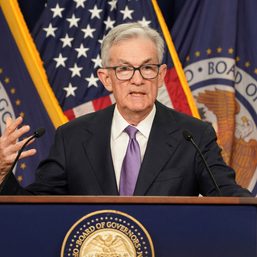
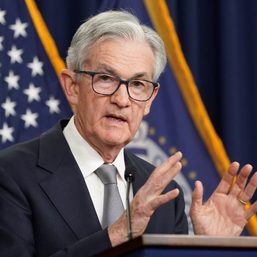
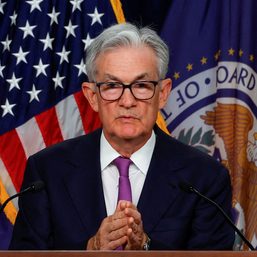
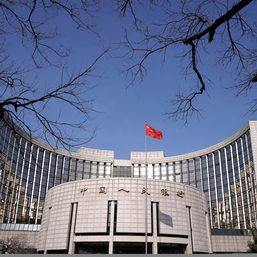
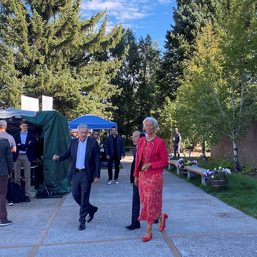

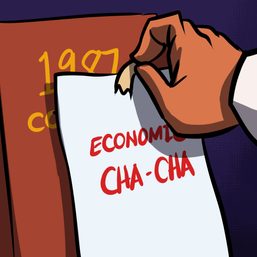

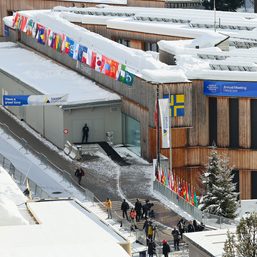



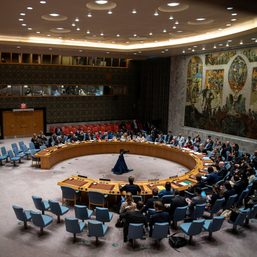
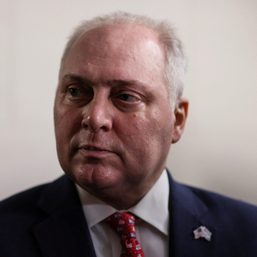

There are no comments yet. Add your comment to start the conversation.